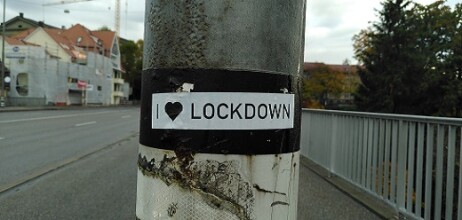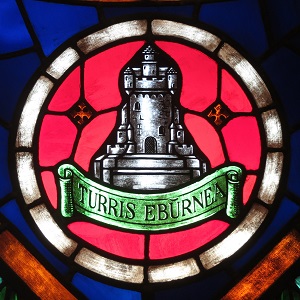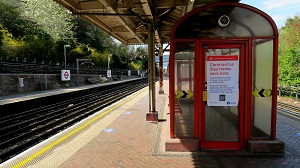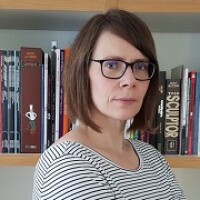‘Oh, the Humanities’: Learning from Humanities Research after Covid-19
One of the most frequent statements about university research and the pandemic is that the pandemic outlined the relevance and impact of what people do at universities. Commentators like Maria Leptin, the new president of the European Research Council and director of the European Molecular Biology Organization, have emphasized that Covid-19 made clear that vaccines and new treatments could only be developed due to basic research that had been ongoing for years. Pure curiosity for research leads to results whose application potential only becomes apparent later, she says in a recent interview (source: Forschung und Lehre 10 (2021), page 852). The pandemic has also outlined how existing transnational co-operations and research networks facilitated the rapid and open exchange of results and enabled a new dimension of how publicly-funded research institutions worked with industries like pharmaceutics as well as with local, national, and transnational governmental bodies. The results that university research yielded suddenly became less of hermetic knowledge from (or rather for) the ivory tower and part of the solution to problems affecting whole populations and the world at large.



Published: 18 Oct 2021 Categories: Covid-19 and the Humanities, English Literature, Literary Theory, Medicine, Visual and Material Culture

